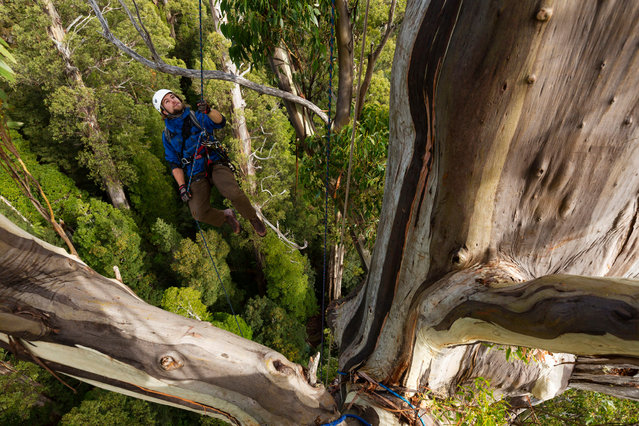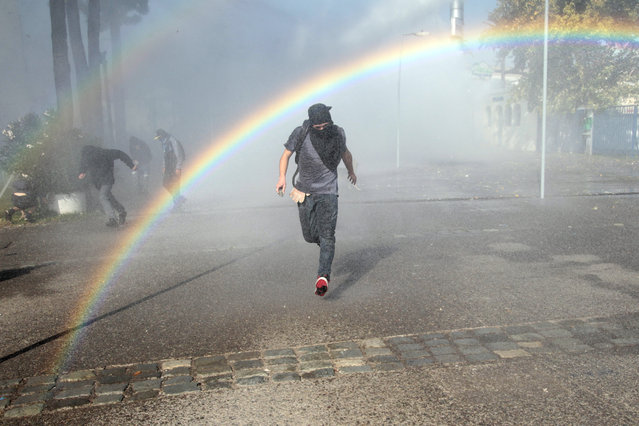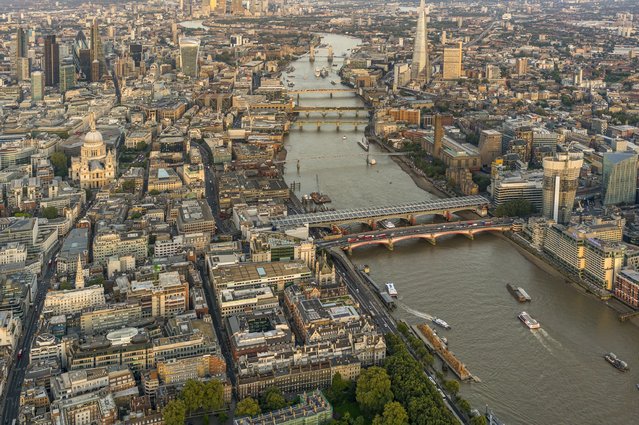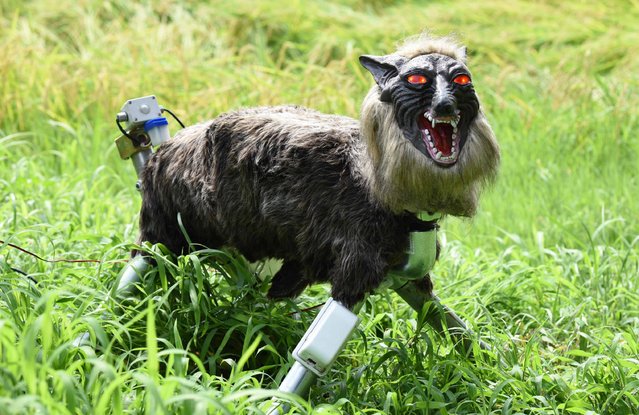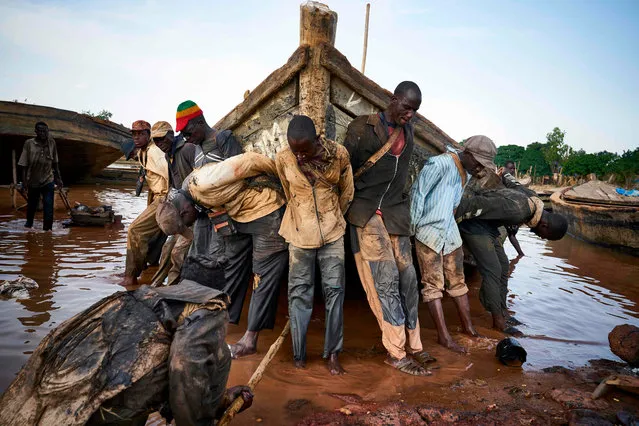
Malian workers haul out a boat they use to carry sand collected from the river bed during a routine maintenance on October 7, 2018, in the port of Bamako. Increasing construction in the Malian capital has boosted the demand for bricks made out of high-quality Niger River sand. (Photo by Michele Cattani/AFP Photo)
25 Oct 2018 00:05:00,post received
0 comments

